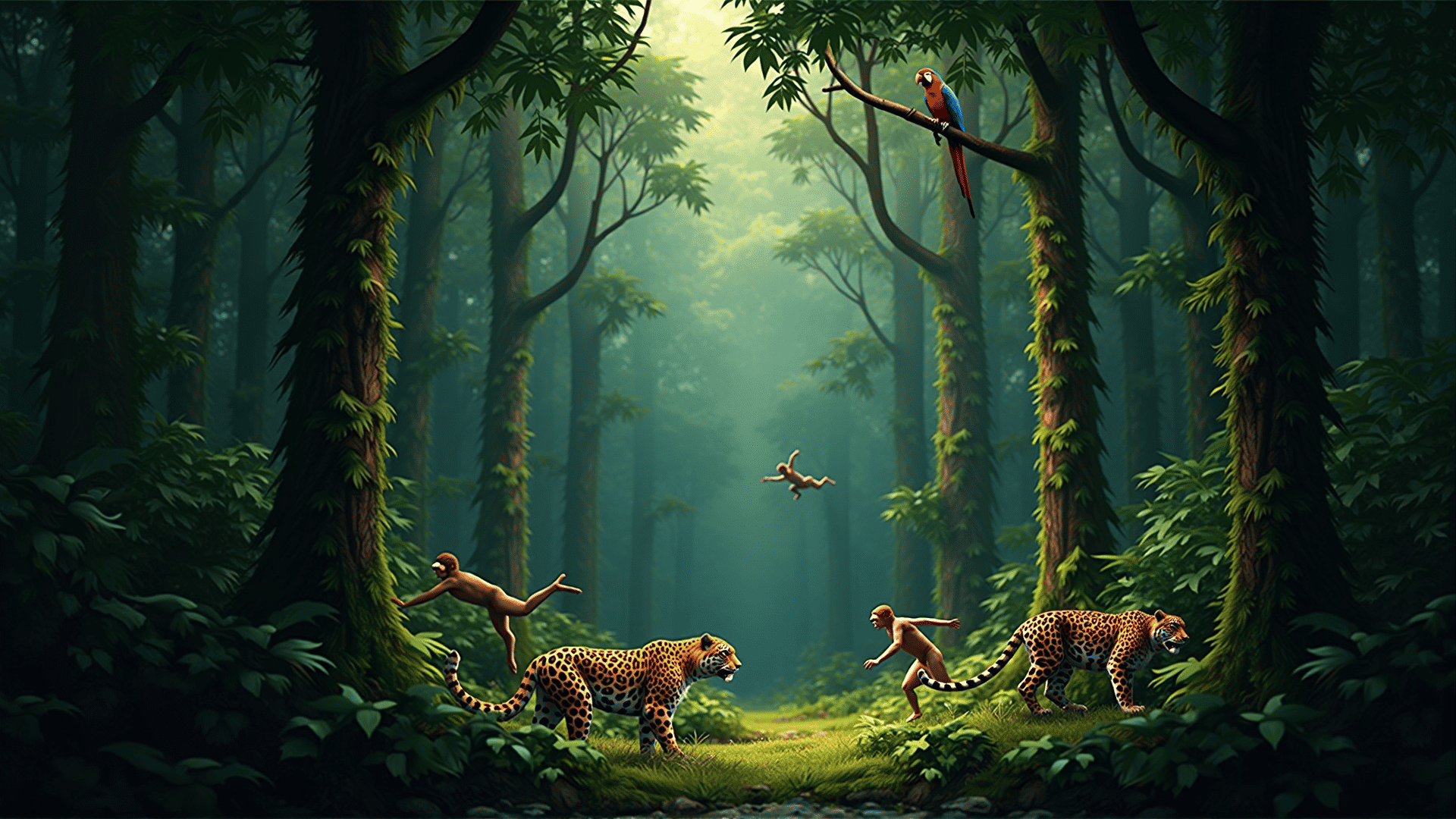The Amazon Rainforest, often referred to as the "Lungs of the Earth," is a sprawling paradise of life that covers over 5.5 million square kilometers across nine countries in South America. It stands as a testament to nature's complexity and resilience, harboring a rich tapestry of biodiversity that continues to intrigue scientists, nature enthusiasts, and explorers alike.
At the heart of the Amazon's allure is its astonishing array of flora and fauna. Home to an estimated 390 billion individual trees and 16,000 species of them, the forest forms a vital part of the global ecosystem by sequestering carbon dioxide and producing oxygen. Walking under its dense canopy, one might encounter the iconic jaguar stealthily moving through the shadows, or catch a glimpse of the scarlet macaw with its vibrant plumage soaring above. The Amazon is also home to the elusive pink river dolphin, whose playful antics in the river waters create an enchanting spectacle.
Beyond its biological wonders, the Amazon Rainforest is a living library of undiscovered knowledge. Its complex undergrowth holds pharmaceutical potential, with countless plant species yet to be studied for their medicinal properties. Indigenous tribes have harnessed this botanical wealth for healing practices, knowledge passed down through generations. To them, the rainforest is not just a home but a source of life and a keeper of secrets, shaping their cultures and spiritual beliefs.
The canopy, a lush and vibrant universe perched high above the forest floor, teems with life. This extraordinary ecological layer hosts diverse species that rarely, if ever, touch the ground. Researchers, sometimes nicknamed "canopy surfers," have only begun to unveil the mysteries of this arboreal realm, employing innovative techniques like canopy walkways and ascending ropes to access and study its wonders.
However, despite its grandeur, the Amazon faces unprecedented threats from deforestation, mining, illegal logging, and agriculture. Each year, vast tracts of rainforest are lost, leading to devastating consequences for the ecosystem and its indigenous communities. The shrinking forest diminishes Earth's biodiversity and disrupts the intricate cycles that maintain global climate stability.
International efforts to conserve and protect the Amazon are vital to preserving its unique richness. Sustainable practices, ecological research, and respecting the rights of indigenous peoples are pivotal steps in ensuring that the Amazon Rainforest can continue to thrive for generations to come.
Engaging with the Amazon is more than an exploration of nature; it is a journey into the profound interconnectedness of life on Earth. As the mysteries of the Amazon Rainforest gradually unfold through scientific inquiry and traditional knowledge, they remind humanity of the intricate beauty and the responsibility we hold as stewards of our planet's most precious treasures.
